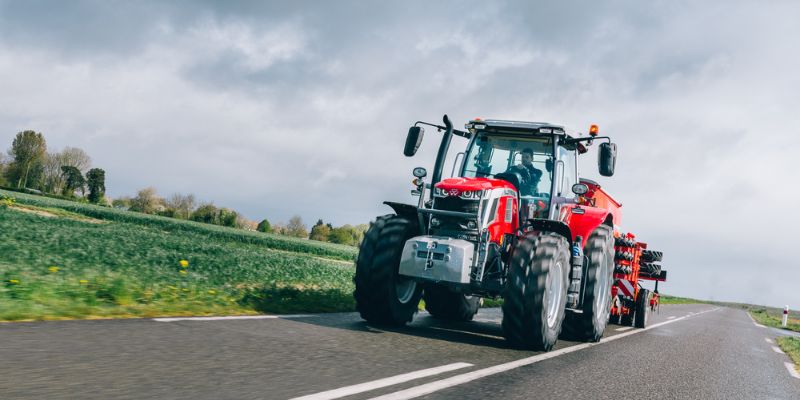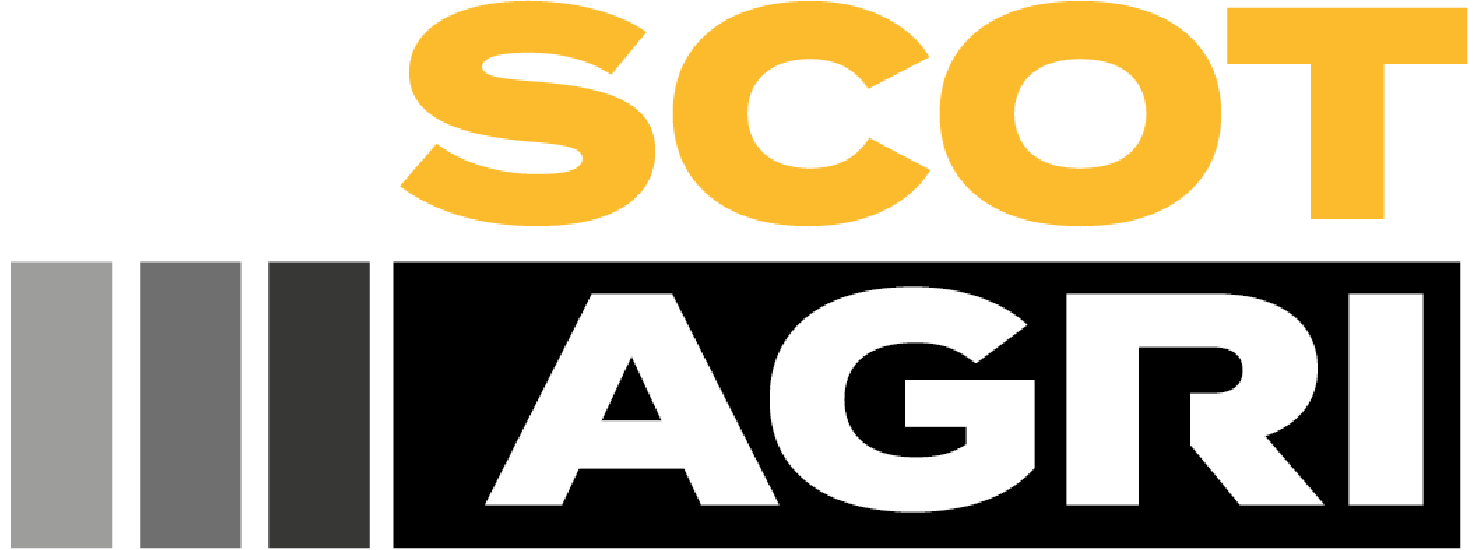Harnessing the Power of GPS for Modern Farming

The Importance of GPS in Modern Farming
As we transition into the harvest season, the weather in Scotland remains as unpredictable as ever. Despite these challenges, farmers are beginning to harvest barley and other crops, signalling the return of the combines. In this month’s blog, we explore the invaluable role of Massey Ferguson GPS systems in agriculture. Whether you are a broad-acre farmer or a small livestock farmer, GPS technology can enhance efficiency and save costs.
Understanding GPS Systems in Farming
GPS systems encompass a variety of technologies, from basic guidance steering systems to advanced auto-guidance solutions. A guidance steering system displays a line that the operator manually follows, offering a cost-effective solution for small farmers aiming to improve long-term efficiency.
How GPS Systems Save Money
You might wonder how purchasing a GPS can save money. The answer lies in efficiency. Consider a 20-acre, perfectly square field of winter wheat. Here’s how manual steering and overlapping can add unnecessary costs:
- Cultivating: An overlap of 15cm per pass (Total: 202cm)
- Sowing: An overlap of 10cm per pass (Total: 135cm)
- Fertilising: An overlap of 10cm per pass (Total: 135cm)
- Spraying: An overlap of 10cm per pass, five times (Total: 135cm)
When you calculate the costs of seeds, fertilisers, fuel, chemicals, and labour, the expenses due to overlap quickly add up. This is where GPS accuracy becomes invaluable. Depending on the system and the size of your farm, the investment in a GPS system can pay off within 1-4 years. Additionally, farmers enjoy seeing perfectly straight lines across their fields, a testament to the system's precision.
Exploring Auto-Guidance Systems
Auto-guidance systems, such as those offered by AGCO (Massey Ferguson) such as MF Guide, provide various options. The simplest system might include a Trimble or NovAtel receiver mounted on the roof, with the auto-guidance functionality integrated into the tractor's display. Standard accuracy for these systems is around 25cm pass-to-pass. Although this may sound like a lot, in practice, many users, including myself during drill demonstrations, find the real-world accuracy to be between 2-7cm, which is excellent for a free signal.
However, free signals come with limitations, such as the repeatability of A-B lines or headings. For example, if a line is set one day, it might drift up to a metre by the next day. This issue is easily resolved by realigning and resetting the line. For those requiring higher accuracy, upgrading to rectify these repeatability issues is possible.
RTK and Other Accuracy Levels
Many farmers opt for Real-Time Kinematic (RTK) systems, which offer the highest accuracy at 2cm or less. Between the free signal (DGPS or SBAS) and RTK, other options provide varying degrees of accuracy:
- 15cm
- 5cm
- 4cm
The choice depends on the receiver's brand and the farm's specific needs.
Conclusion
GPS systems, especially those from Massey Ferguson, play a crucial role in modern farming, providing cost savings, improved efficiency, and precision. As we move through the harvest season, the benefits of integrating GPS technology into your farming operations become increasingly apparent. Stay tuned for next week's blog, where we will delve deeper into the additional benefits of GPS systems in agriculture.
If you want to find out more about the GPS systems available check out the precision farming section on our website or contact your local depot.




